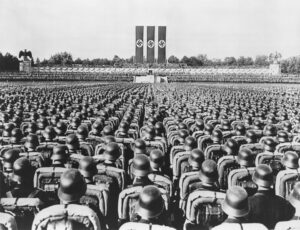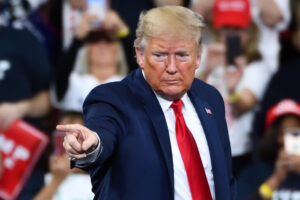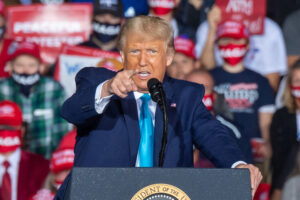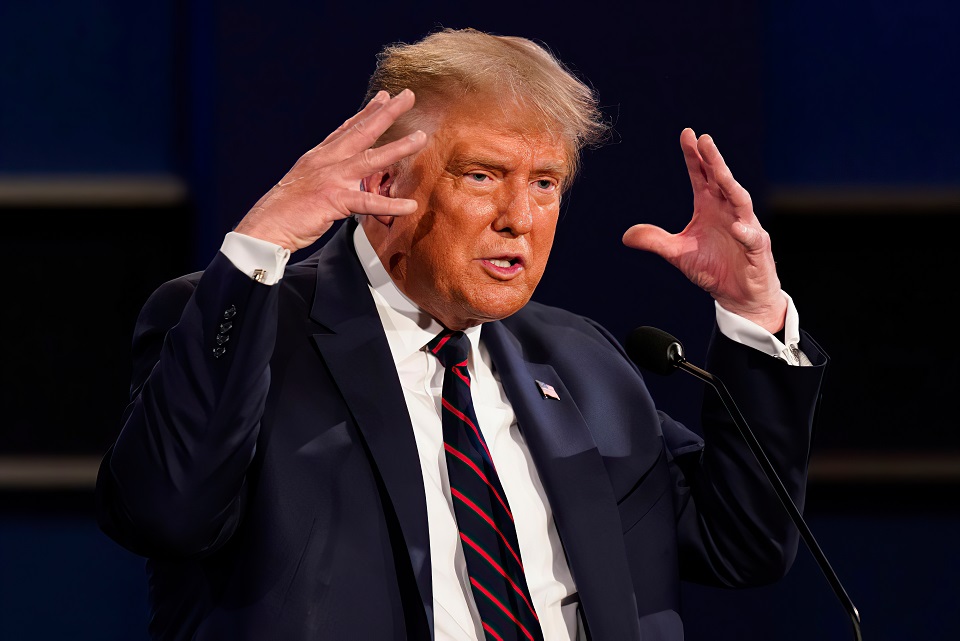
Donald Trump famously said back in June 2003, “If I put my name on something, you know it’s gonna be good” and while he’s certainly never been shy about plastering his patronymic on anything possible, it seems that there might be a name change in the air.
And no, we’re not talking about Reginald Kenneth Dwight becoming Elton John or Jennifer Linn Anastassakis changing her surname to Aniston, but that famous Trump name doing what Prince did in 1993, changing the name to a symbol (well, two).
Historically, former Presidents typically only have their number used when being referred to in a textbook or some other literature, but Trump plans to use the number 45 as a gold plated brand name. His PAC can already be accessed at SaveAmerica45.com and if you are interested in reading his old tweets they are archived at @WhiteHouse45.
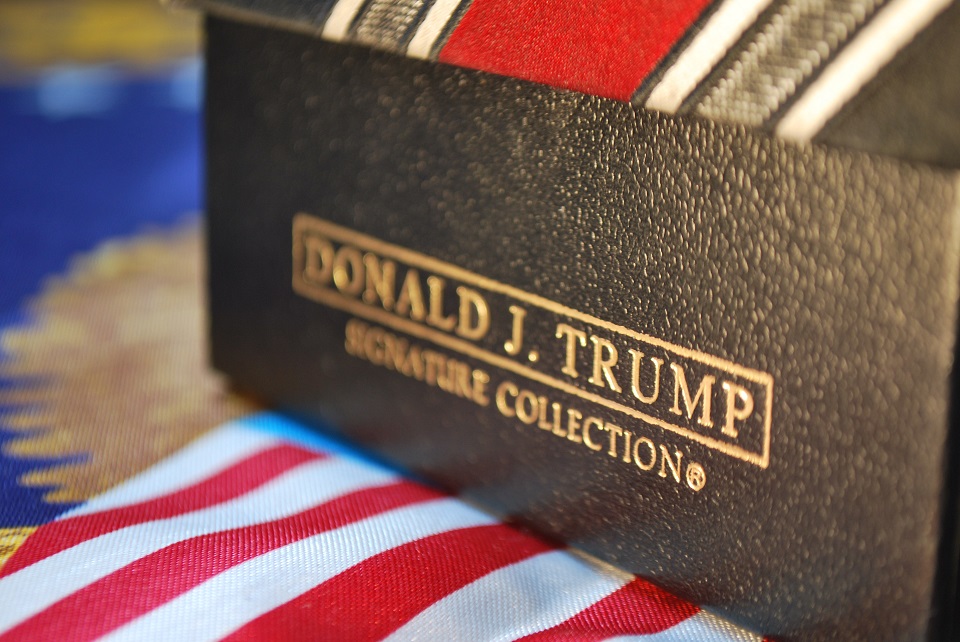
The reason for this apparent name change remains elusive at the moment, however, some commentators believe it is an attempt to distance himself as the losing presidential candidate in the 2020 election or that referring to himself as the 45th President of the United States of America instead of the ‘former president’ allow him to perpetuate the myth that he is somehow still the Commander in Chief.
Whatever the reason, his penchant for plastering his name on a product to guarantee its success has been far from a winning strategy. Here we are going to take a look at examples of just how badly the Trump brand has performed over the years.
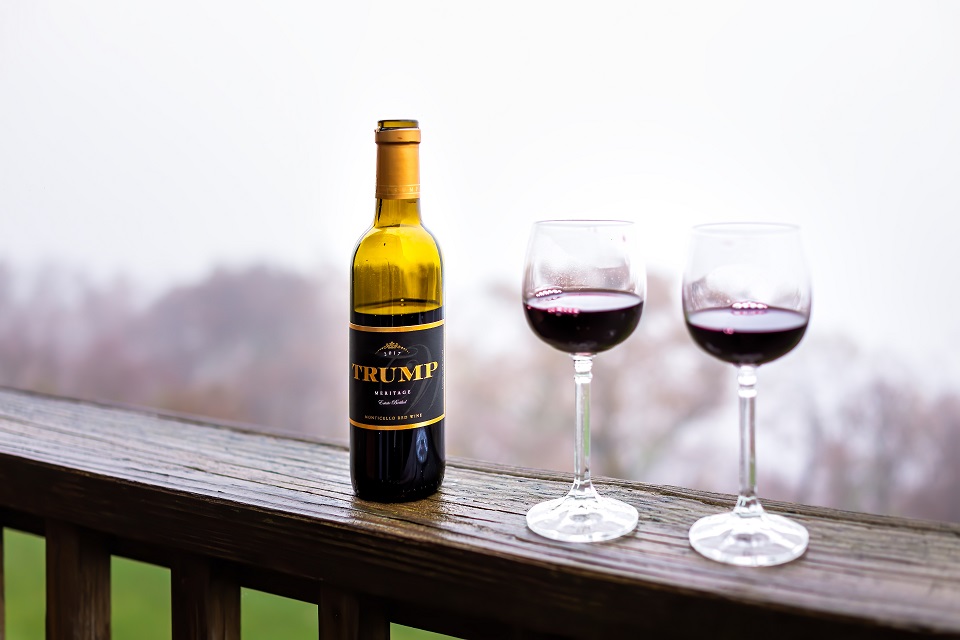
Trump Beverages
Trump’s reputation as a teetotaler made his foray into the world of hard liquor in 2006 a rather strange choice and it didn’t exactly inspire confidence in the consumer. So much so, that the trademark was abandoned just two years later in 2008, and by 2011, Trump’s “Success Distilled” vodka had gone completely out of circulation.
Trump would also release Trump Ice, “one of the purest natural spring waters bottled in the world,” according to Trump’s website, to a middling success as he pocketed a reported $280,000 the year before his run for president.
He has tried to get a few more beverages off the ground such as Trump Fire and Trump Power, drinks were categorized as “non-alcoholic beverages containing fruit juices… namely, carbonated beverages.”

Both names were trademarked in 2004, but neither would see their way to the marketplace and the trademark was abandoned in 2006. the same time he was promoting Trump Vodka he would try and start Trump’s American Pale Ale, but that trademark would also be abandoned a year before Trump Vodka went down the drain.

Trump Steaks
From beverages to food, more specifically, steaks, and not just any steaks but “the world’s greatest steaks’. Trump would register “Trump Steaks” as a U.S. trademark in August 2006, before launching his meaty product on May 8, 2007, but strangely only available from The Sharper Image’s catalog, stores, and website as part of a three-month trial period and through the shopping channel QVC.
However, the steaks would only last two months before being abandoned by Sharper Image, quickly followed by QVC. According to former CEO Jerry W. Levin, “The net of all that was we literally sold almost no steaks, if we sold $50,000 of steaks grand total, I’d be surprised.”

Trump Magazines
If Trump is a specialist at anything, then it’s having supremely bad timing! In 2007, Trump decided to re-invent a publication that had been previously called Trump World (launched in November 2002 and only made it to two issues) and although he also tried a magazine called Trump Style (launched in February 1997), he decided ‘third time’s a charm’.
The third iteration of Trump on the magazine stands would be with a publication simply named ‘Trump Magazine’. The idea behind this new magazine was to “cash in on the booming advertising market for yachts and other high-end commodities.”
And although it got off to a promising start, the problem was that he was relying on luxury advertising to (mostly) men with disposable incomes.
However, those incomes would quickly go from disposable to decimated because soon after the launch of the Trump Magazine, the financial crisis of 2008 would hit. The magazine would fold in May 2009, due to low advertisement sales.

Trump Mortgage
Another supremely badly timed business decision would come with the launch of Trump Mortgage Services in July 2003. Trump famously boasted on CNBC in April 2006, “The real estate market is going to be very strong for a long time to come.”
Although it could be argued that Trump couldn’t possibly know that the market would collapse within a matter of months, the man he chose as the company’s CEO would be a massive contributing factor in its subsequent failure.
Hailed as a “top executive of one of Wall Street’s most prestigious investment banks,” the CEO Trump put in charge was E.J. Ridings.
However, it was quickly established that his credentials were less than stellar when Money Magazine uncovered the fact that he only had 6 months experience as a stockbroker, so, when Trump Mortgage’s business fell far short of its projections, literally no one was surprised.

Trump Mortgage (cont.)
Only five months after being founded, the company would be licensed in 25 states and would boast that it was the fastest-growing commercial and residential mortgage company in the United States.
This would be far from the truth as just one year later, the company would announce its closure, reportedly never paying a $298,274 judgment it owed former employee Jennifer McGovern, nor did it settle the $3,555 it owed in unpaid taxes.

Trump University
Described in an article from the National Review as a “massive scam”, Trump University (also known as the Trump Wealth Institute and Trump Entrepreneur Initiative LLC) ran a training program of courses (often labeled “retreats”) in real estate, asset management, entrepreneurship, and wealth creation from 2005 until its ignominious and litigious end in 2010, and for once it would not be Trump sending in the lawyers, but the former ‘students’.
Despite having university in the name, it was not an accredited university or college, nor did it confer college credit, grant degrees, or grade its students. Students paid as much as $34,995 for mentorships that would apparently teach them the secret of Trump’s success. And who would be teaching you those secrets?
Not Trump, and certainly not the hand-picked instructors he had promised.

Trump University (cont.)
The seminars were actually delivered by ‘motivational speakers’, many of who had not only no appropriate qualifications but in some cases, criminal records.
By 2011 the ‘university’ attracted the attention of the New York Attorney General’s office who were investigating the organizations illegal business practices. Another two class actions in federal court would follow.
It was alleged that Trump University defrauded its students by using misleading marketing practices and engaging in aggressive sales tactics, to which Trump himself would deny, insisting he would never settle. Soon after being elected president, Trump would settle all three lawsuits in November 2016 for a total of $25 million.
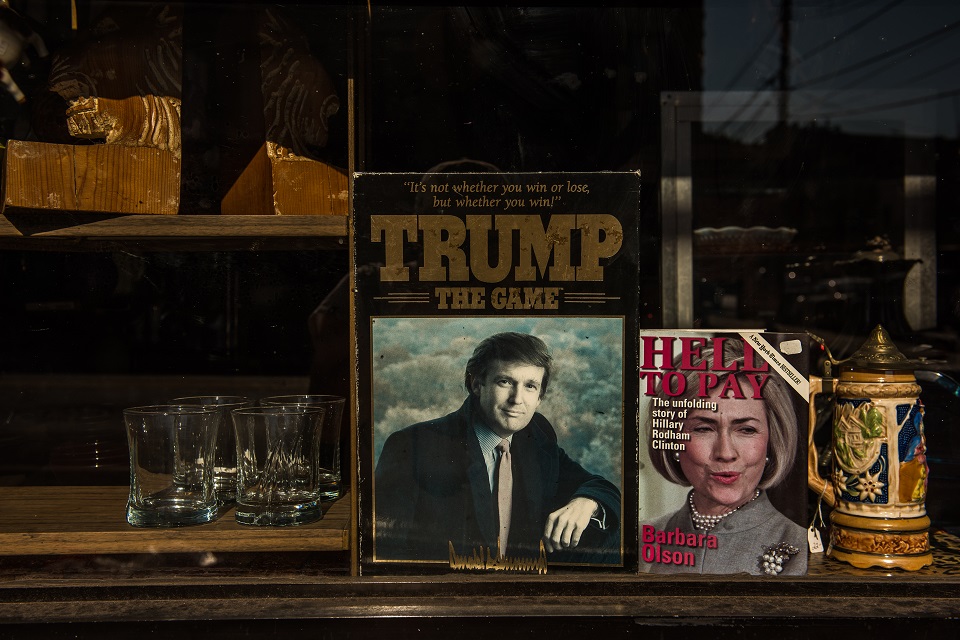
Trump: The Game
In 1988, when the idea for a Trump board game was pitched to him, he loved it, and if a game was going to be made in his image, only “the Rolls-Royce of game companies.”
Milton Bradley would do. However, despite the tagline “It’s not whether you win or lose, it’s whether you win!” and a flashy TV ad, the game would quickly prove unsuccessful.
There were initially high hopes for the board game as Milton Bradley expected to shift at least 2 million units, unfortunately, it wouldn’t even reach half that, with sales of only 800,000 copies.
When the game was discontinued in 1990, Trump claimed the game had failed because the rules were “too complicated” (the game came with a 12 page rulebook).
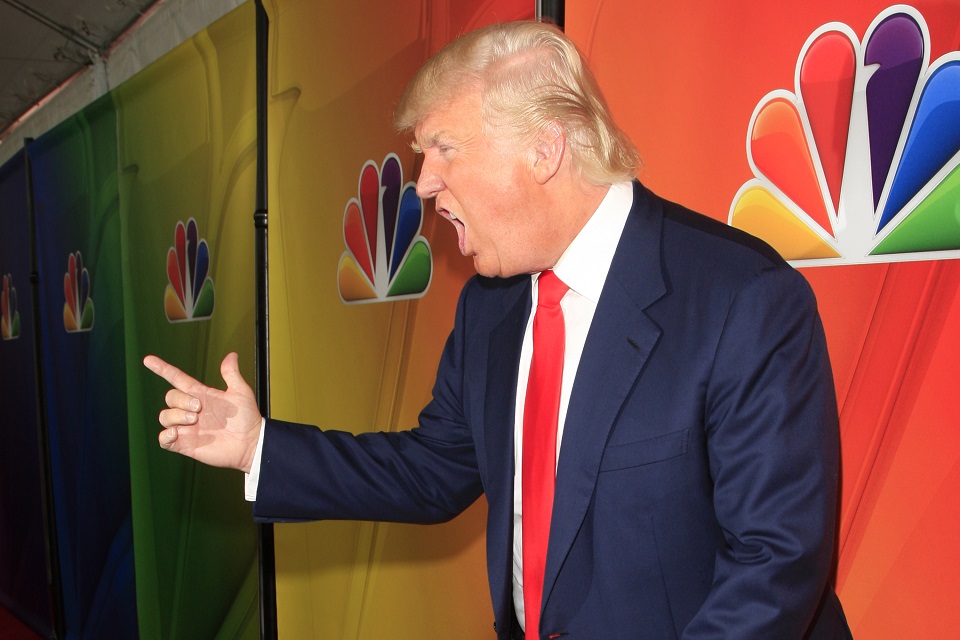
Trump: The Game (cont.)
However, the game would get a second life in July 2004 when Parker Brothers (now merely a subsidiary of Hasbro with Milton Bradley after being acquired in 1991) re-released Trump: The Game in an effort to cash in on Trump’s success as a reality TV star with his show The Apprentice.
Despite having more simplified rules and using Trump’s signature catchphrase from the series: “You’re fired!”, the game would again sell badly.
RELATED POST: Trump Hit With Civil Lawsuits For Part In Capitol Hill Riots




